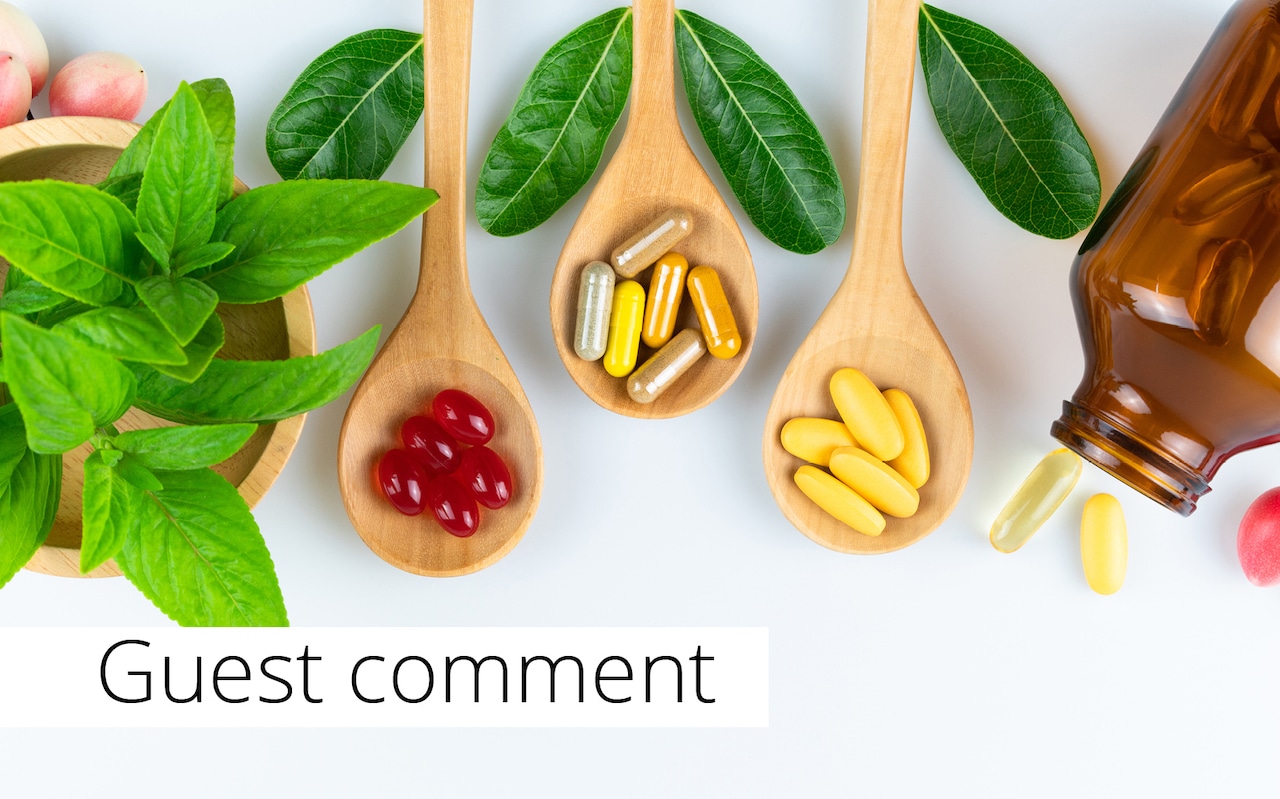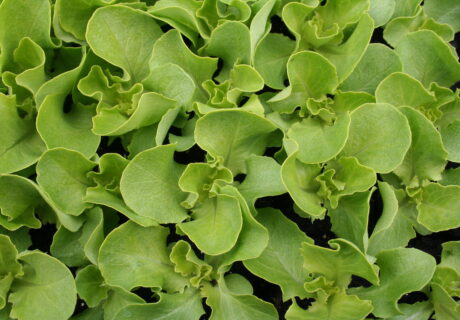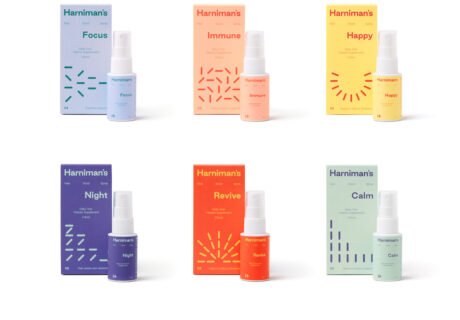May is Skin Cancer Awareness Month and with one million cases of skin cancer diagnosed annually it’s time to apply a more holistic approach to sun protection because sunscreen – although a valuable product – is not as effective as we might think.
In tests, factor 25 sunscreen led to a 40% reduced risk of squamous cell carcinoma, no reduced risk of basal cell carcinoma and only a 50% reduced risk of malignant melanoma.
But phytochemicals in certain plant foods are so effective as a skin cancer prevention method that scientists are now pushing for a broad-spectrum approach that includes both sunscreen and sun protective foods
This opens multiple opportunities for nutricosmetics manufacturers to develop sun-protective supplements, foods and drinks as a solution to sun-ageing, UV damage and skin cancer prevention.
Not surprisingly plants are the key. In dietary studies higher intakes of fruit and vegetables were associated with a reduced risk of cutaneous malignant melanoma by 34-46% while higher intakes of vegetables were associated with a 40-57% reduced risk of malignant melanoma – the deadliest form of cancer.
Most nutricosmetic products focus on skin conditions like acne or on general skincare concerns such as ageing, but with so much research being conducted on this niche area of dietary sunscreen there’s huge scope for manufactures to develop some really exciting ‘inner sunscreen’ edibles.
Scientists are now pushing for a broad-spectrum approach that includes both sunscreen and sun protective foods
The seven most studied phytochemicals and their respective plant foods sources are:
- Lycopene from watermelon and tomatoes
- Green tea catechins
- Ellagic acid from raspberries, strawberries and pomegranate
- Selenium from Brazil nuts
- Resveratrol from red grapes
- Curcumin from turmeric
- Cacao flavanols
Lycopene
Lycopene inhibits the activation of a transcription system instigated by UVB exposure; this transcription system, when activated, releases pro-inflammatory cytokines. ‘Inflammaging’ is a major cause of skin damage via the sun. In one study, participants who had higher serum levels of lycopene (from tomato paste) experienced a 40% reduction in sunburn redness. Enzymes that destroy collagen and elastin were also decreased in the presence of lycopene.
Ellagic acid
This phytochemical in raspberries also lessened the severity of sunburn and prevented cellular damage. Ellagic acid decreased activity of pro-inflammatory cytokines thus diminishing UVB-caused inflammation and increased the antioxidants in dermal fibroblasts (cells that make collagen and elastin) to prevent oxidative damage.
Catechins
A green tea catechin called epigallocatechin gallate (EGCG) protects against sunburn and UV ageing of the skin. It also inhibits UVB-induced cell death and inhibits tumour related genes.
Selenium
This mineral which is famously abundant in Brazil nuts is of special scientific interest regarding dietary sunscreen and skin cancer prevention. High serum selenium concentrations were associated with a 60% decrease in subsequent tumour incidence of both basal cell carcinoma (the most common form of skin cancer) and squamous cell carcinoma. Likewise, low plasma selenium levels in humans have been linked to increased risk of non-melanoma skin cancer.
Resveratrol
The phytochemical often promoted in red wine (but is actually from red grapes) decreased UV induced cell death, sunburn redness and sunburn cell formation. Resveratrol suppresses a hormone-signalling process that is used to develop and spread melanoma cells and it can induce apoptosis (cellular death) in melanoma cells.
Curcumin
The yellow pigment found in the spice turmeric is a powerful antioxidant and inflammatory in the fight against UV damage. In one study, curcumin treatment two hours before UV exposure reduced UVA-induced cell-death, inflammation and collagen breakdown. Curcumin also prevents accumulation of oxidative damage.
Cacao flavanols
One small study on 30 people found that those consuming a high-flavanol chocolate for twelve weeks were able to stay under UV light (mimicking sunlight) for twice as long before their skin started to redden.





